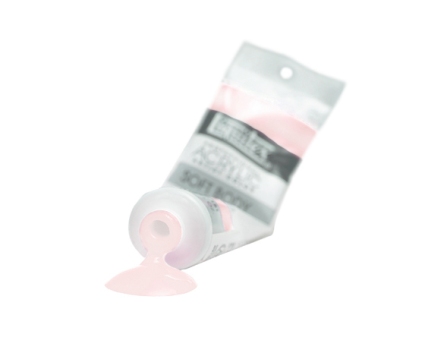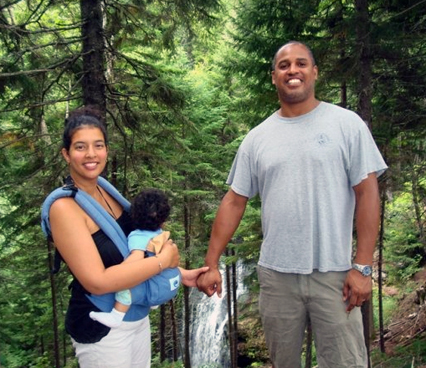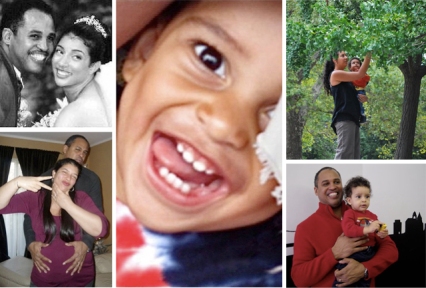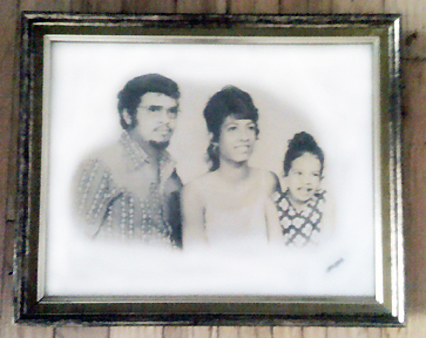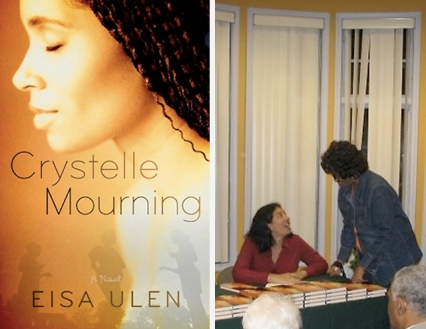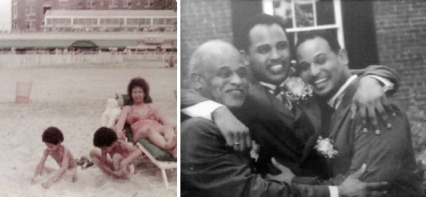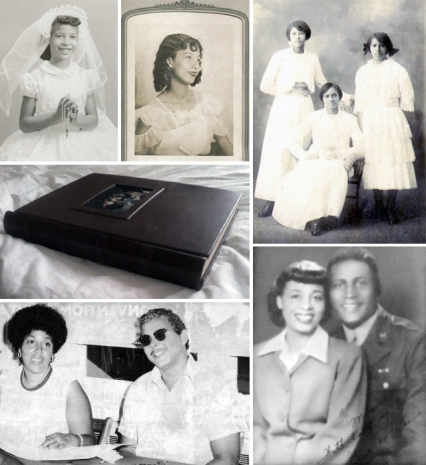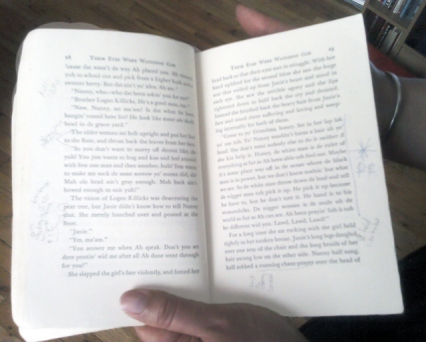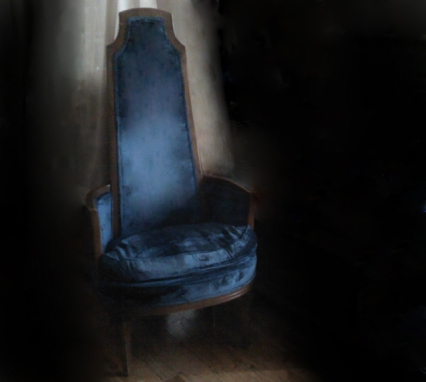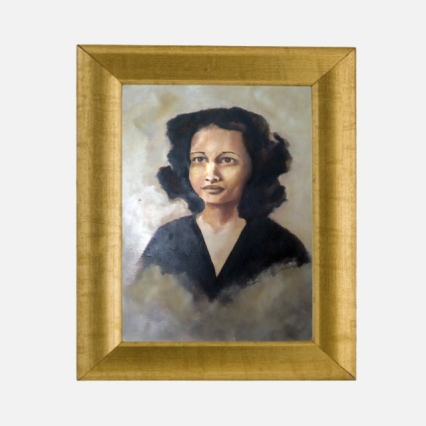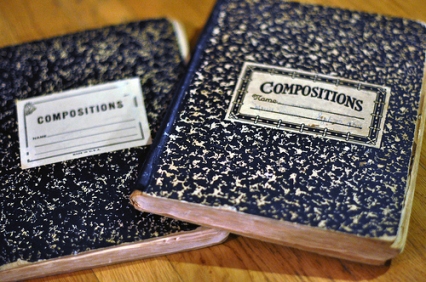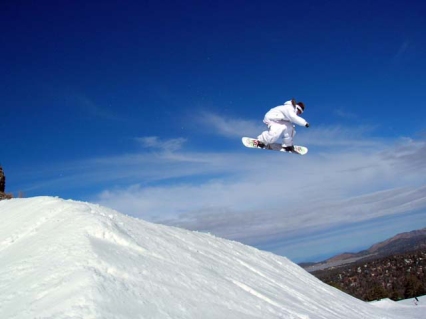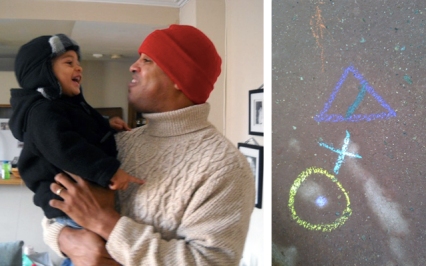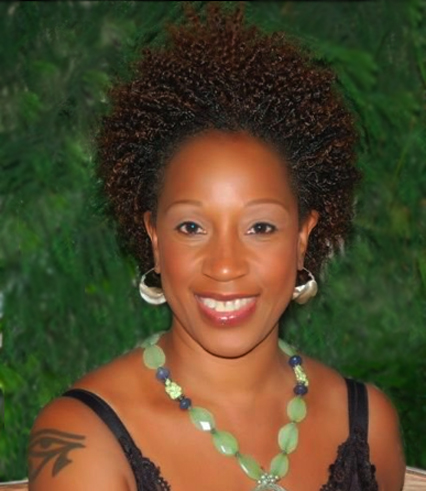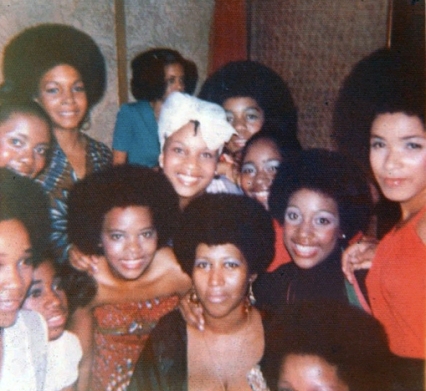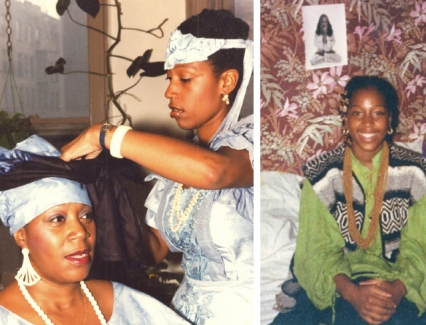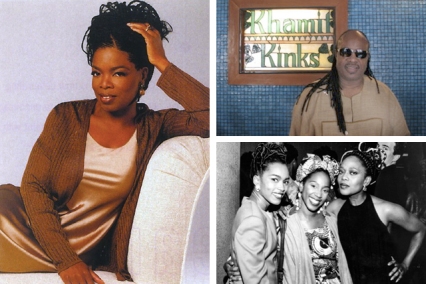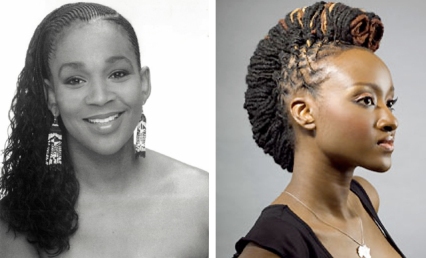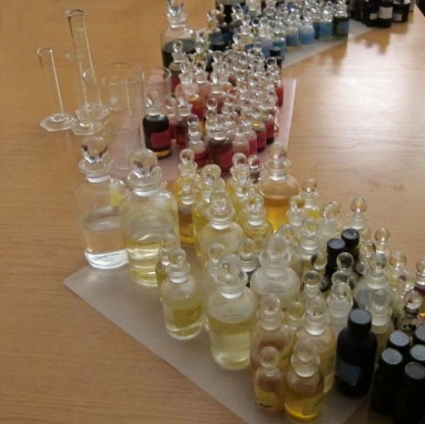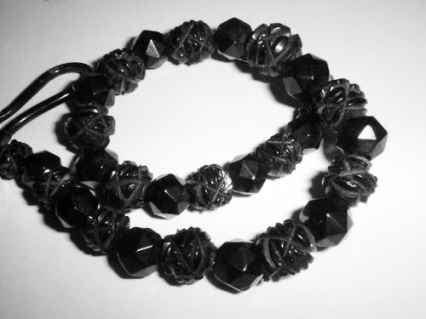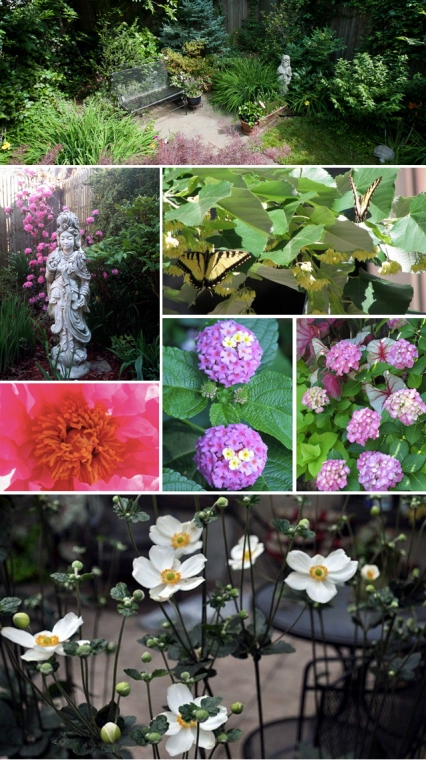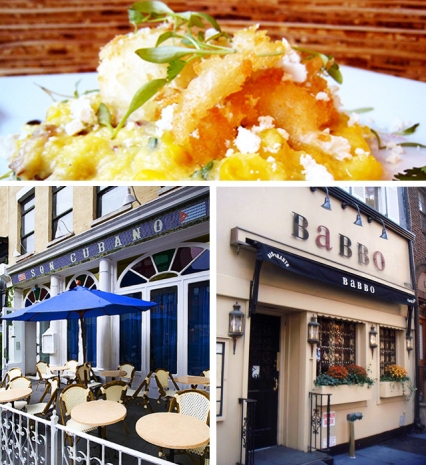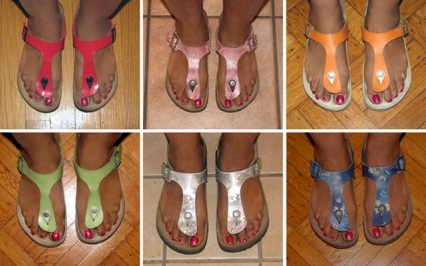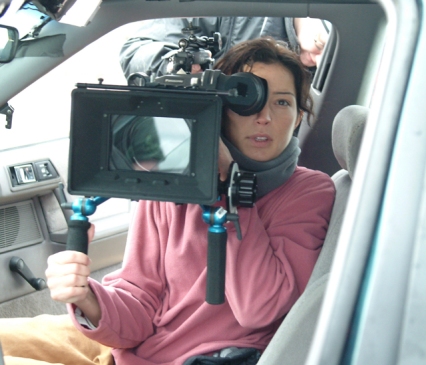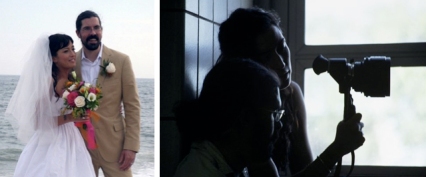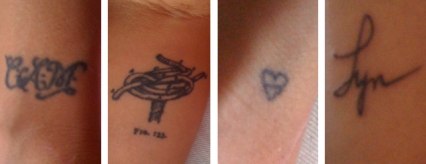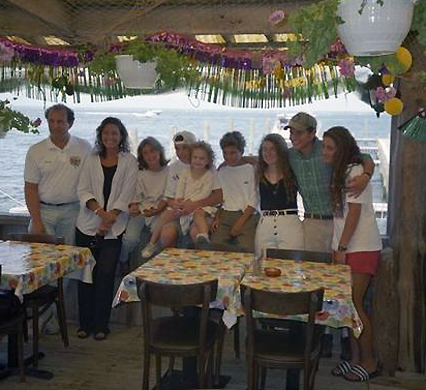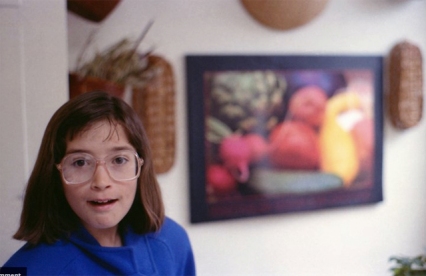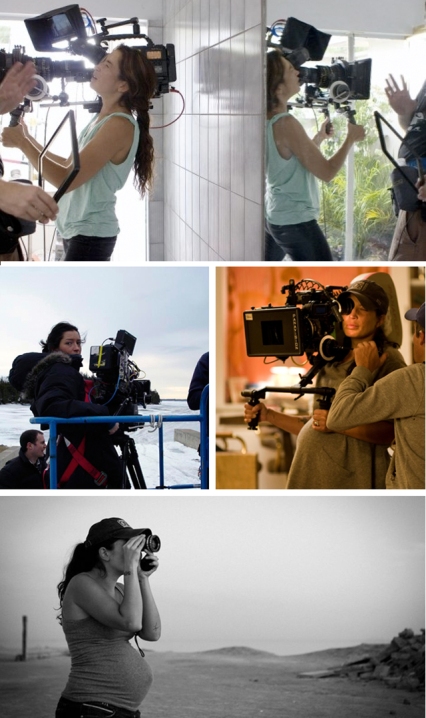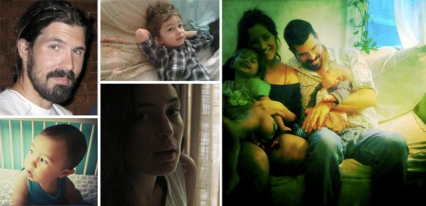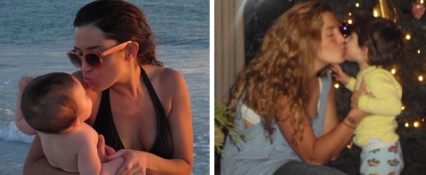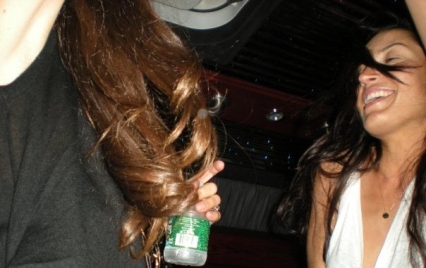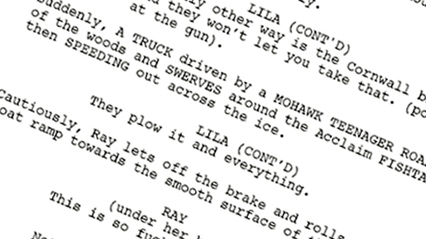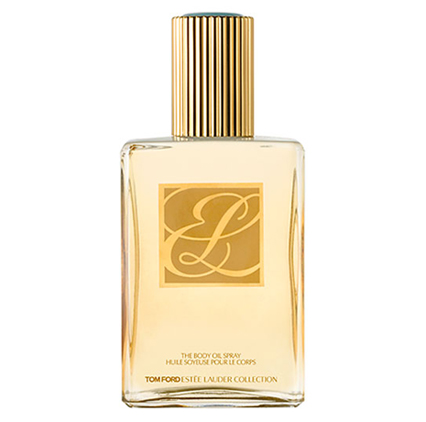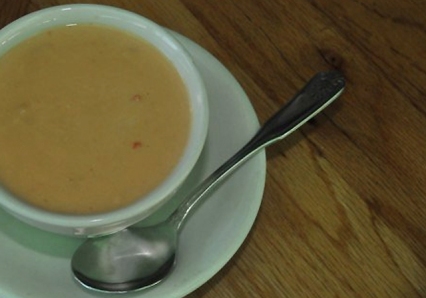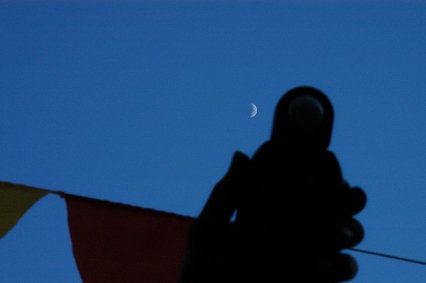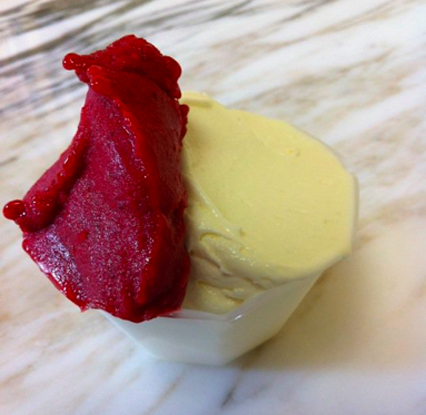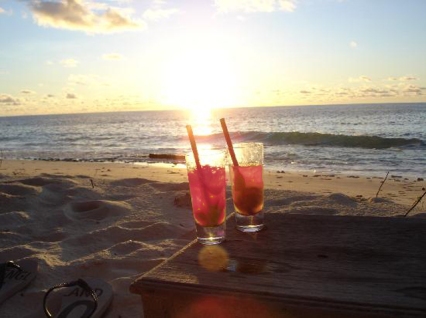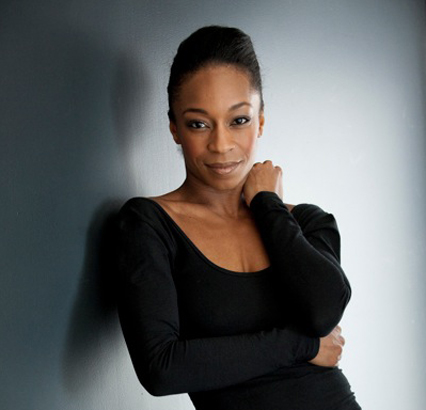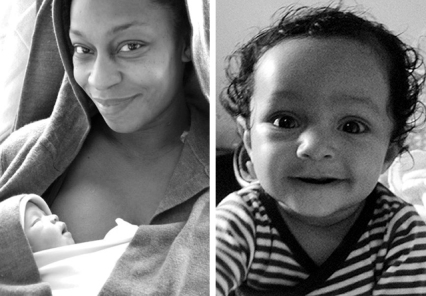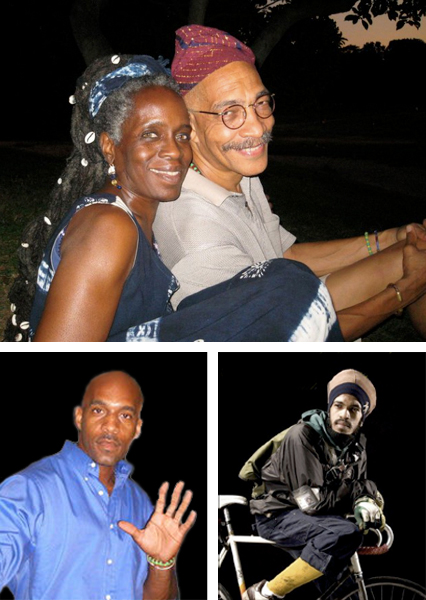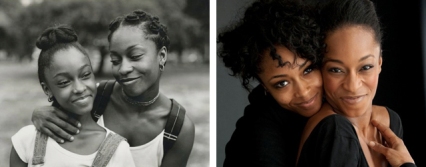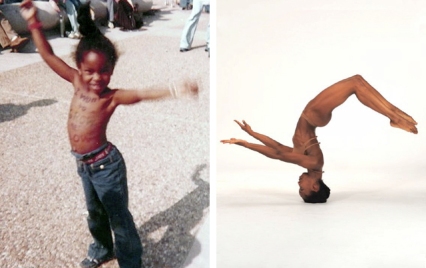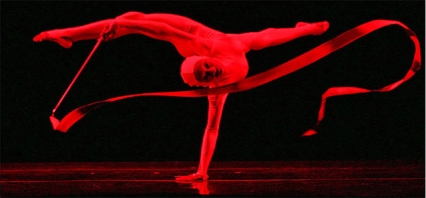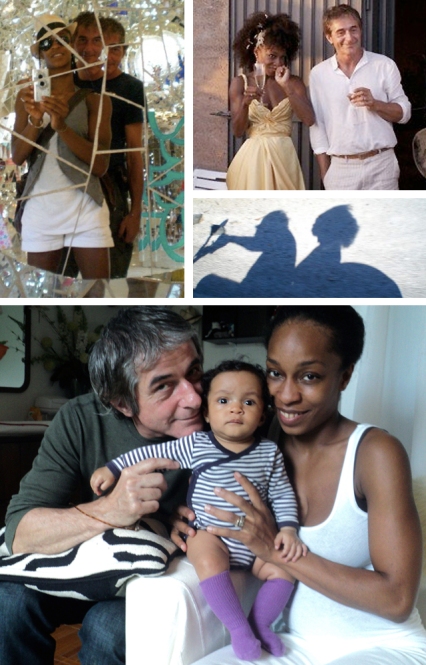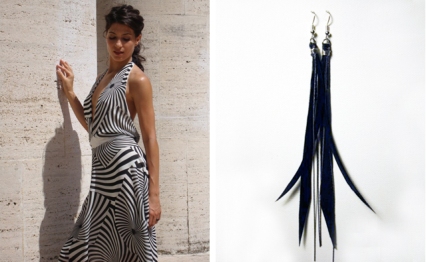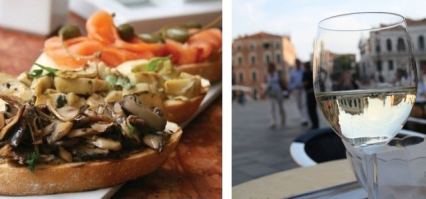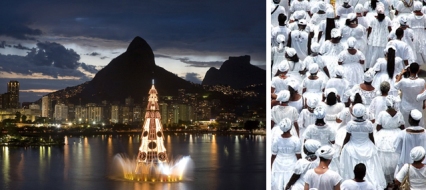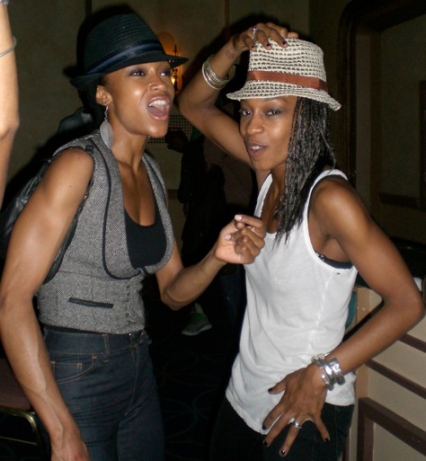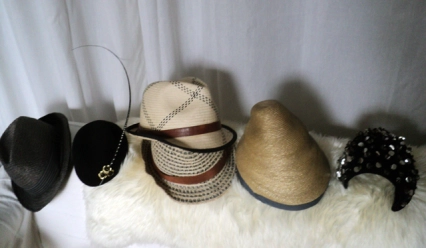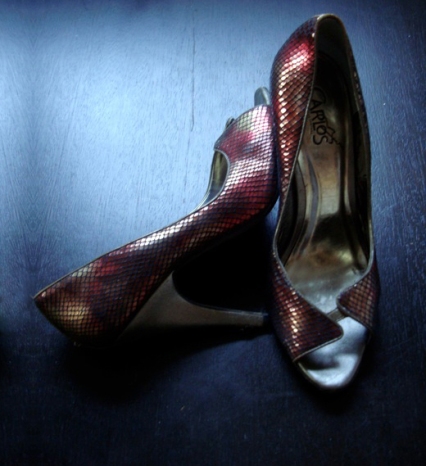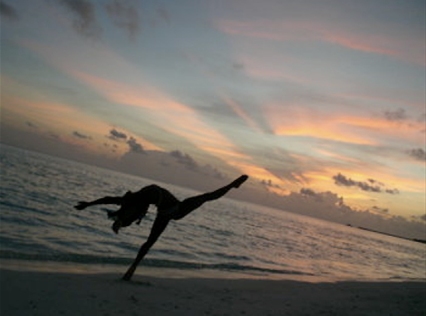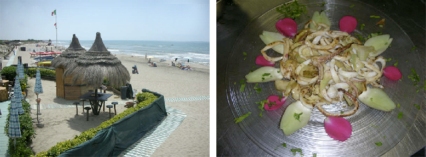Living lovely in Harlem.
Lynda Johnson was born and raised in Syracuse, New York but her family’s roots are in Montgomery, Alabama and it shows in her Southern hospitality and colorful storytelling. Her people were part of the epic, 20th century migration of blacks from below the Mason-Dixon line in optimistic search of opportunity up North. Lynda grew up with relatives called “Chicken” and “Joe Boy” and if you asked about her father Jimmie by name she’d say “Who’s that?” As far as she knew, “My father’s name is Honey.” Everyone called him that, not just her mama.
Her parents first daughter and the fourth of their six children, she displays the leadership traits of a firstborn and assumes the mediator role of a middle child. Marie Johnson was seven months pregnant with Lynda when she traveled down home to lay little Billy, felled by leukemia to rest in Montgomery. “I was carrying one and burying another,” she said. “I don’t know how she did it,” Lynda marvels at her mother’s strength and stoicism, an inherited strength she too would have to draw from.
Little Lynnie flanked by her Auntie Dot and her mommy Marie.
Too young to legally wed, Jimmie Johnson fudged his numbers to marry Marie, seven years his senior. The factory foreman worked the graveyard shift but he’d “get up, make my mother lunch and take it to her job. She always had a hot meal,” Lynda smiles. Neighborhood kids lined up at the back door for a taste of his homemade ice cream. “He could throw down!” Though she made a great pound cake and could fry some corn, Marie was a distracted cook who told her kids “burnt food makes you pretty.”
Diminutive size be damned, Marie, like her daughter was not easily cowed. “She was tiny but feisty.” Lynda recalls a classic example, “Some man was outside our house fussing about something and waving a gun. My mother went out there, took the gun from him, said ‘Nigga don’t you be standing outside my house carrying on!’ and started hitting him with his own gun. She was tough.”
Jimmie and Marie Johnson.
She was also sharp. “My mother loved to shop. I have some of her sweater sets and pencil skirts from the 50’s,” Lynda says.” Their jaunts to Ebony Fashion Fair shows empowered Lynda. “I always knew that we as a people had an amazing sense of style and that’s what drew me to fashion.”
Besides playing volleyball and acing track, she took fashion classes in high school, and planned a future in the Big Apple. “At the breakfast table, where we always had family discussions, I told my parents I wanted to go to New York to study fashion,” Lynda says. “They looked up from their plates and Mom said They stole the hubcaps off our car in New York City, you are not going to school there, so you better find someplace else to go. Dad was always the quiet one, but I knew he agreed.”
She found someplace else in a magazine ad for Atlanta’s Bauder School of Fashion. It was exciting to be sixteen, on her own and zipping around the Peach in her “sky blue VW bug,” but it just wasn’t Seventh Avenue. She informed her folks that Atlanta was a wrap. Their response, “if you want to go to school in New York, you have to pay for it yourself.” She called their bluff, got a job at the factory where her father worked, and saved enough for the in-state tuition at FIT, a SUNY school. She went on the parental condition that she stay with family in Long Island. However, the tedious 2-hour commute became a bit taxing and she moved with roommates to a “teeny-tiny” affordable apartment on 24th Street, walking distance from campus.
“I set my five-year plan for what I wanted to be and do once I graduated and it all eventually came true,” she says. “I didn’t want to be a designer nor a buyer, I wanted to write about fashion.” An FIT mentoring program paired Lynda with advertising maven Yvonne Durant, a friend to this day. When an upset Lynda came crying over some slight, Yvonne listened then said “Now that you’re done, never do that again. There are no tears in this industry, that will be seen as a sign of weakness.” Whenever work situations threatened her equanimity, Lynda remembered Yvonne Durant said you cannot cry. And she didn’t.
Yvonne secured her an internship at Essence Magazine with then-fashion editor, Susan L. Taylor. “That was when Essence really had a voice for Black women. I loved Marcia Ann Gillespie’s editor’s pages, I read them religiously. Look at these black women, they are doing it! I thought. I was enamored with them, I stayed until I graduated in 1976.”
In 1978 she began a lengthy career with industry big Fairchild Publications. “I started as Assistant Fashion Editor of SportStyle magazine. My boss covered tennis, golf, ski– all the hoity-toity. I covered what she thought inconsequential,” categories which flourished: “bodywear exploded, everyone was running and the whole surf lifestyle took off,” she says. “I LOVED covering this market, I was in jock heaven. I interviewed and went to a baseball game with Dave Winfield.” She covered trade shows in California, Germany, Spain, Italy and France. “I ran the Corporate Challenge race in Central Park and played volleyball on Fairchild’s corporate team.” Of her favorite sport, the petite dynamo says “I could get under the ball. Didn’t do much spiking but I had a mean serve.”
Fun at Fairchild.
Responding to the 1980’s baby boomlet and subsequent wave of products targeted to parents, Fairchild created Children’s Business magazine in 1985 with Atrium award-winning Lynda helming fashion. “I love that the children’s industry is real mom-and-pop and down-to-earth, not so garmento.”
She balanced this fulfilling career with a charmed personal life. Artist Earl Garrett, Jr. knew she was a “keeper” when she agreed to have dinner with him, no judgment, after he said, “I want to have dinner with you but we gotta go Dutch, I don’t make that much money.”
“I’m not one of those 26-point women with their lists who miss out on really good guys,” she says. Dinner and a Betty Boop film festival “was so much fun. We had the best time.” Though he didn’t cop a kiss, he went home and called her straightaway. “We talked on the phone for hours– about everything. Garrett was special, really special. “He was very creative.” (In photography, art direction, drawing and painting) He ignited her interest in art and introduced her to the Venice Biennale. It was in Venezia that he proposed marriage. They wed in 1986 on his birthday.
Her collection of works by African-American artists includes her beloved Garrett (left) and celebrated Alabama folk artist, Mose Tolliver.
Lynda ended the 1980’s with unexpected loss. One of the two most important men in her life, her father, suffered a sudden stroke, drove himself to the hospital and went into cardiac arrest.
With the nineties came a barrage of highs and lows. Both bibliophiles, Lynda and colleague Tracy Mitchell collectively read,”were riveted” by and discussed Steven Corbin’s No Easy Place to Be.” Soon, editor-in-chief Monique Greenwood joined their conversations. Tracy speculated that there were other kindred spirits who read and celebrate black literature. The three women founded Go On Girl! book club. Twenty years later, GOG! has grown to over thirty chapters in 13 states and holds an annual awards gala to honor established authors and encourage new talent. Lynda is National Chair.
Garrett created the GOG! logo.
Realizing a girlhood dream of living in Harlem, Lynda and Garrett bought a century-old Hamilton Heights townhouse at a great price during the 1992 buyer’s market.
Architect Clarence True’s rendering.
In August 1995, Lynda and her mom drove from Syracuse to Montgomery for a family reunion, talking all the way. “She revealed herself to me. All the things she’d longed to do (like becoming an actress) and what she’d wished for us kids. I had so much fun with her that trip.” It would be their last.
“My mother was no joke when it came to her cards. She always had a game going in the house: Poker, Black Jack, Tonk…just for fun with family” Lynda recalls. “The next thing I knew it was a full-fledged business. She served dinners (a guy named Teardrop worked the kitchen) she had somebody doing the bar and she took a cut on the table. She was not playing.”
Unfortunately some young men, “looking to rob somebody and get high,” knew there would be cash at the Johnson house. Around the corner, a neighbor watched them park in her driveway, don masks and quickly run off. She noted their faces, the make of the car and license plate number then phoned the police.
Recognizing the voices of the masked men demanding money, Marie called them by name. She’d fed at least one of them before. Panicked, one shot her. Word spread quickly of the slaying and the four perpetrators, caught by police within a half hour, were “beaten mercilessly” in jail.
Lynda, her mother’s “Rock of Gibraltar” arrived in Syracuse braced to handle things, but her childhood home-as-crime scene was surreal. Where am I going to go? she thought, her “beacon” police-taped. Once allowed in, “the phone rang off-the-hook” for the venerated Mrs. Johnson. “I had no idea of the things my mother had done for people. We got calls from guys in prison. It blew me away.”
At the funeral many spoke of Marie Johnson’s legendary generosity. One woman shared that Mrs. Johnson gave her money to open a hair salon. A troubled young man disowned by his family said “Mrs. Johnson took me in like I was her own child. She fed and clothed me.” Lynda too remembered her mother’s compassion. A man once knocked on their door asking for food. Lynda’s sister shooed him away but their mother said sternly you never turn anybody away who’s hungry, if there’s something in this house to eat, you give them something to eat. “My mother fed that man.”
The neighbor/witness came forward and identified the accused men. “That was the saving grace for me. I knew who did it and it gave me closure,” says Lynda, who read a statement at the trials.” Addressing the defendants the judge said, “If you guys had her mother you wouldn’t be sitting on that side of the table.” The actual triggerman died in jail. “Talk about karma,” Lynda says.
Garrett was balm for grief. “He was there for me in October when my mother was murdered, then in February he was gone. Just like that.” He was beset by a viral infection that baffled doctors and shut down all his organs. “Having lost my mom and then Garrett, my cornerstones, so suddenly, I thought God I don’t know what it is you want me to learn but I’m not getting it. Will you please just tell me and not take anymore people from me?” she says.
“I threw myself into work, I went back to school, I had to stay busy. I thought that if I stopped I was gonna die. It took a long time to get past the sadness.” But as her therapist promised, she now thinks and speaks of them with a smile.
A memorial crazy quilt lovingly crafted from Garrett’s clothing by the women in his life reproduces the cartoon image from his business card and holds his brushes and paint.
After his passing, Lynda wasn’t thinking about romance. I had my soul mate, I’ve done that, she thought until she met Alonzo Wright in July 1997. Short in stature, he was long on personality. “I think Garrett sent him,” she laughs, “I’d always been attracted to taller men.”
They clicked at an Onaje Allan Gumbs performance at Sweet Basil. Alonzo phoned her the next day and invited her to view the sunset with him. With his saxophone in tow, they headed to Riverbank State Park, where he serenaded her, the sun setting gorgeously on the Hudson. Hungry, they went to her nearby home, made “a big ol’ pot of pasta” and talked themselves into slumber on the sofa. “I woke up, realized it was really late and said ‘you can’t stay here overnight.’ Realizing his journey would be more than an hour, though, she put him up in her guest room, retreated to her bedroom and locked herself in.
She later sent him flowers at work with a note that read “Thanks for the beautiful sunset and for being a gentleman,” amazing him. “We started hanging out a lot and next thing you know, he moved in,” she says. “He is not a replacement for Garrett, he is an addition” she asserts. She feels truly blessed to have had them both in her life.
Lyn and ‘Zo.
When layoffs left Alonzo without a job, Lynda’s response was “oh good, now you can focus on your music.” With her belief in him, he thought keeper. “I knew music was what he really wanted to do and he did it. Here we are, three CDs later.”
Alonzo wrangled music peers Will Downing and Ron Blake and their daughters for Lynda’s magazine shoot. Photos: Deborah Feingold
After thirteen years together they married last summer. “On my birthday, we applied for the marriage license and on his birthday it arrived.” She and her mother, both Taurean, married Gemini men seven years junior and fabulous cooks. She chuckles at the coincidence.
After 20 years, Fairchild shuttered Children’s Business in 2005, rocking her professional world. Her considerable experience and respect from the industry garnered her a successful freelance run; then the recession hit, budgets cut and her clients dwindled to two. Her adjunct professorship at FIT helped fill in the financial gaps.
KidStyleSource
Rebounding admirably, she and Tracy Mitchell were in the throes of their business plan when they shared with a vendor at a trade show their intention to launch another childrenswear publication. “We don’t need a magazine, we need news in real-time, online. Manufacturers also need a place where we can advertise to the consumer without paying a lot of money,” he said. Lynda and Tracy reconsidered their venture and created a dual website, KidStyleSource.com “for the retailer planning the season ahead and for the parent buying for the season at hand,” she explains. They are enjoying advertising growth and increased traffic with great vendor giveaways. She never aspired to be an entrepreneur, but Marie bequeathed her the gift for cultivating a passion into a business.
As we talked into the night, it was heartening to see and hear how healing has trumped heartache for this truly beautiful soul. Here she shares the things enlivening to her mind, body and spirit.
1. Living in Harlem. The rich history of the cultural mecca was magnetic. Fiercely protective, she’s rallying neighbors to save the once majestic PS 186 building from razing.
Her stately Hamilton Heights haven; historic subway signage; and the beneficiary of her advocacy, PS 186.
2. VW Beetle. “My first was a ’63 now we have a ’73.”
Their trusty Jazz Blue bug.
3. Books by African-American Authors. “My sixth grade teacher, Mr. Steinberg opened a whole new world to me with the writers of the Harlem Renaissance. ‘It’s so important for you to know about your culture through your writers,’ he said.”
Her ” favorite of all time.”
4. Smoothies. “Interested in the correlation between food and healing,” she enjoys making the dense, nutrient-rich drinks.
A yummy, efficacious blend of organic fruits with rice yogurt, green tea and flaxseed oil.
5. Staying Fit. “I love yoga and I do cardio and weight training at the gym…my husband IS younger than me,” she chuckles.
Bikram Yoga Harlem is her go-to spot.
6. Art Deco Furnishings. Though her mom offered, “You don’t have to buy that old used furniture. I can give you some money to buy some nice new furniture,” the era’s streamlined forms appeal to Lynda.
The dining room buffet.
7. Freesias. “They’re pretty, dainty and I love the fragrance.”
Photo: Gypsie2
8. Miraval Spa. “Love that place! Alonzo and I have gone twice.”
The famed resort is nestled in the foothills of Tucson’s Santa Clarita mountains.
9. Champa Incense. She burns both the classic and golden fragrances from Blue Pearl.
Wafting essences of frangipani and sandalwood.
10. Entertaining. She loves to host guests in her elegant home. Lynda and I hadn’t seen in each other in ages, so we had a girls’ night whilst Alonzo was on the road in Italy.
She graciously made a delicious, vegan meal for dinner and served homemade banana bread and smoothies in the morning.
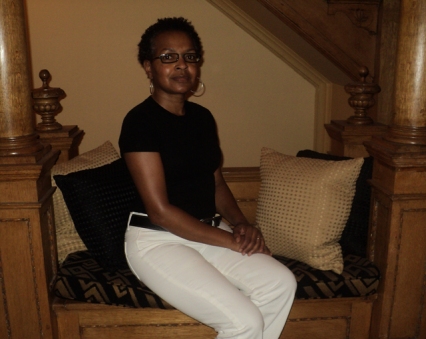
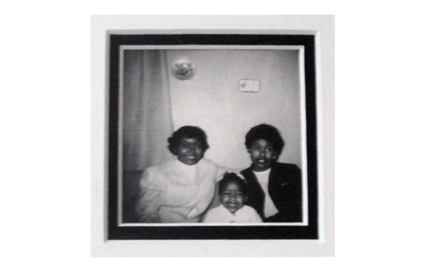
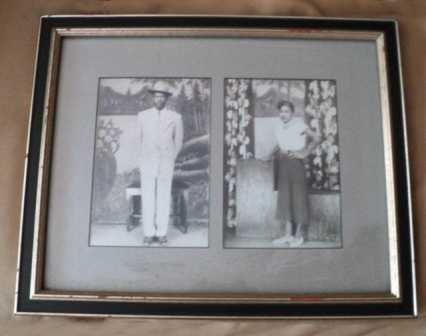
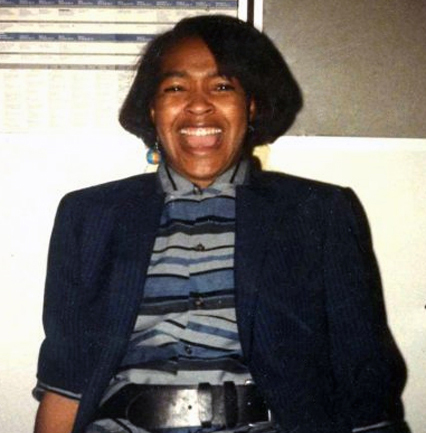

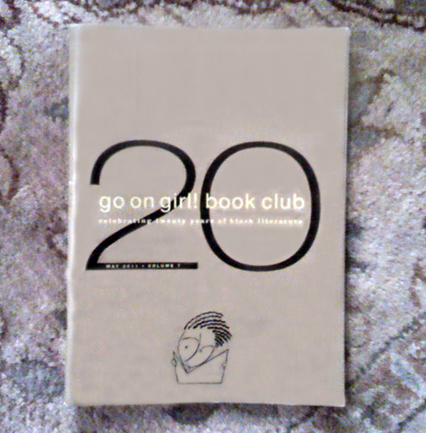
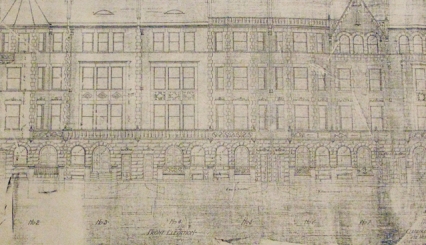

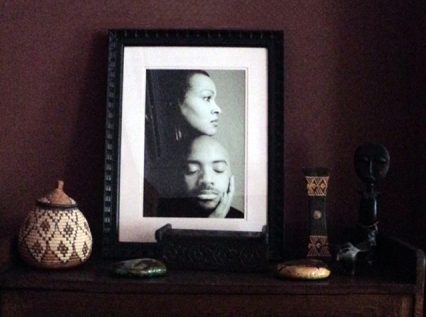
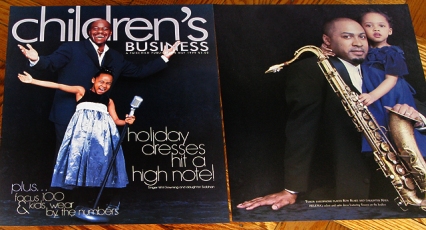

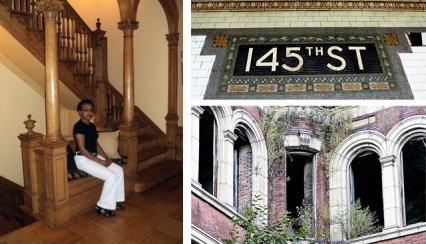
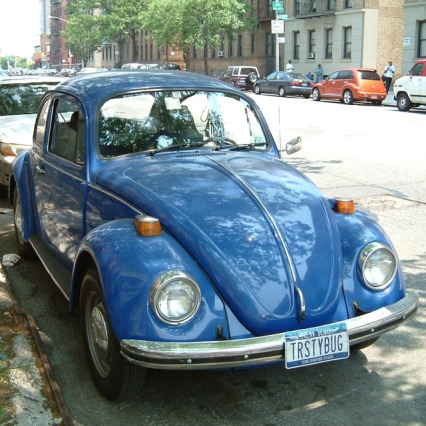
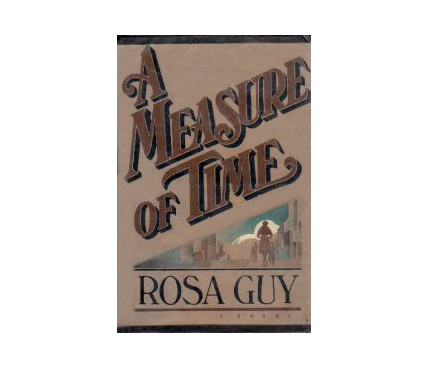
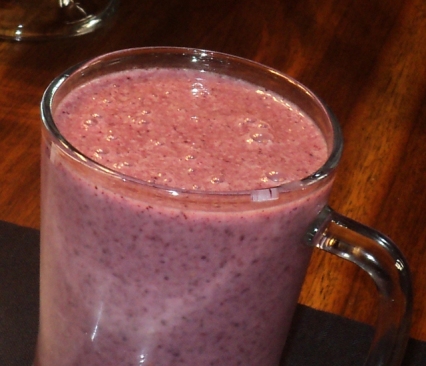

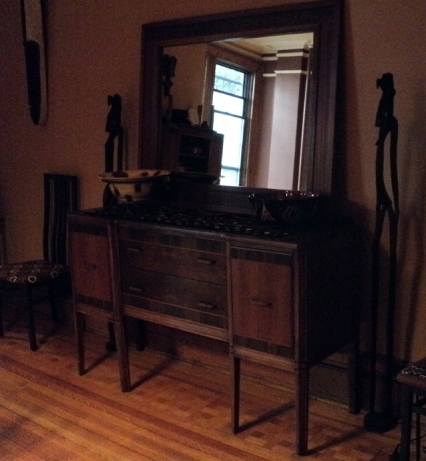

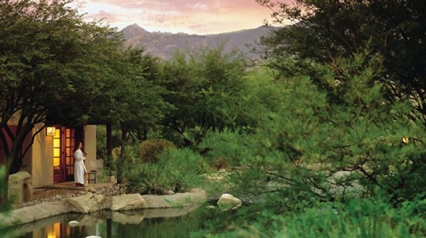

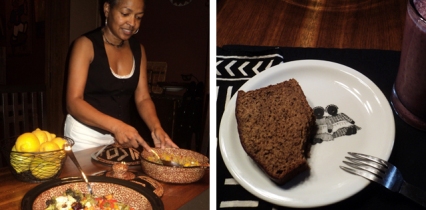
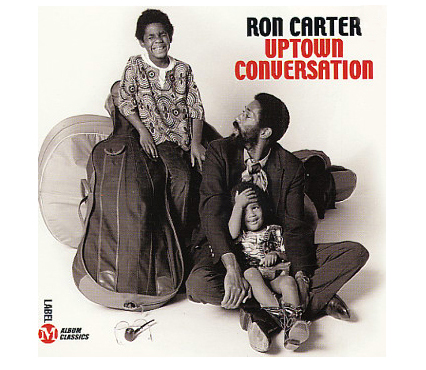
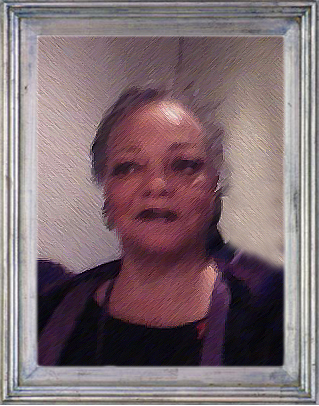
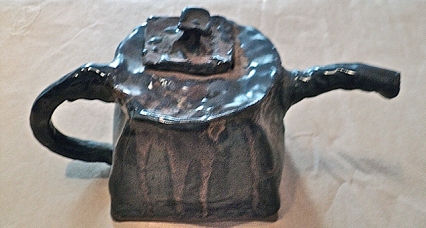
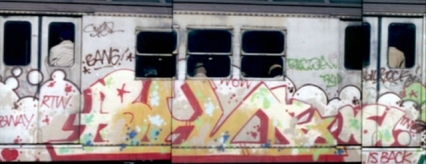
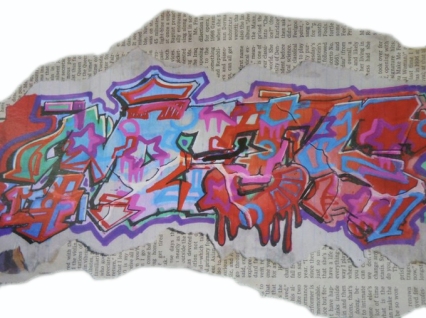
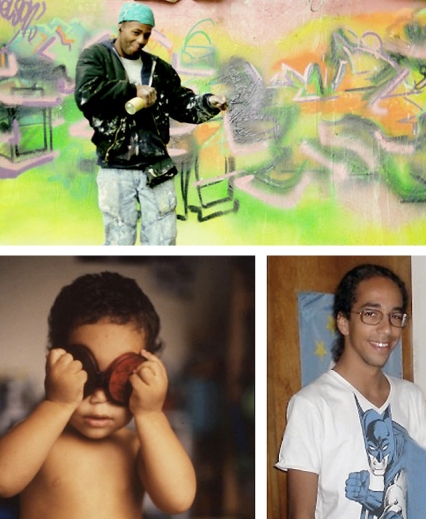
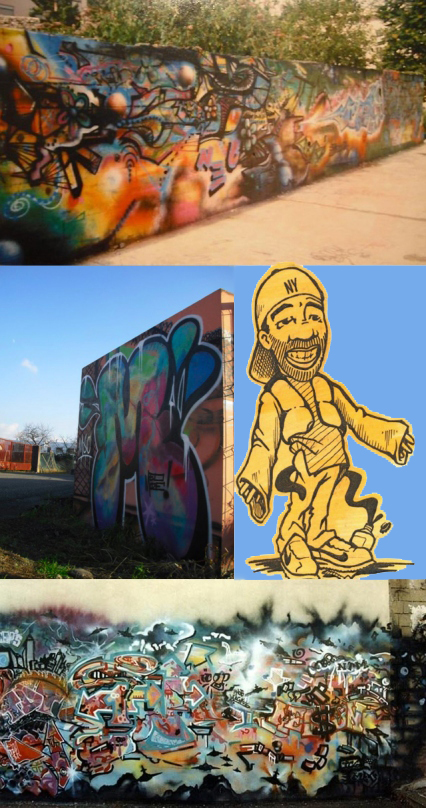
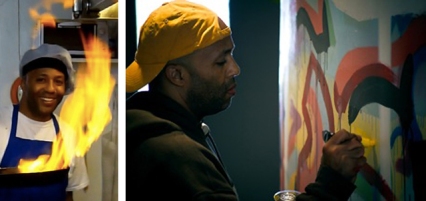
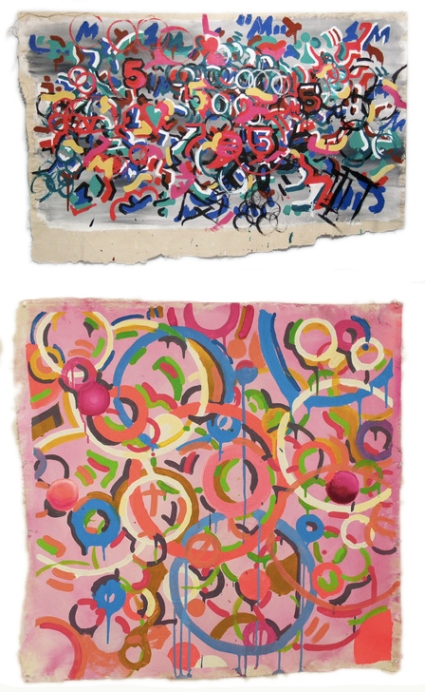
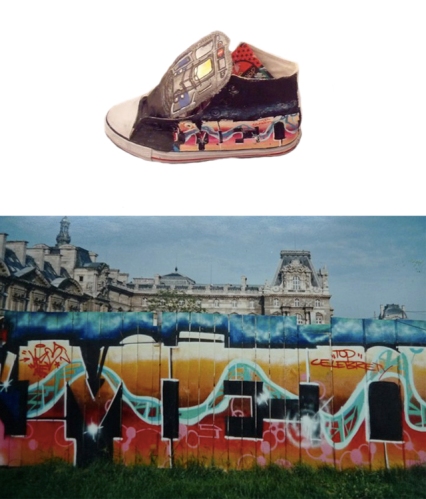
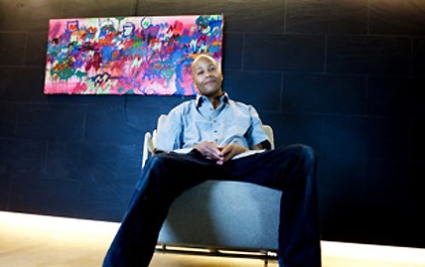
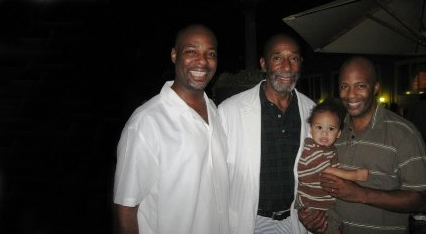
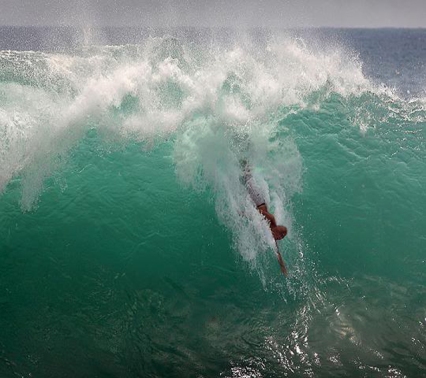
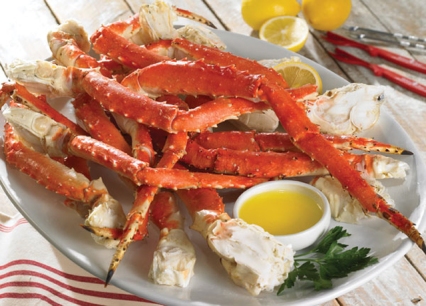
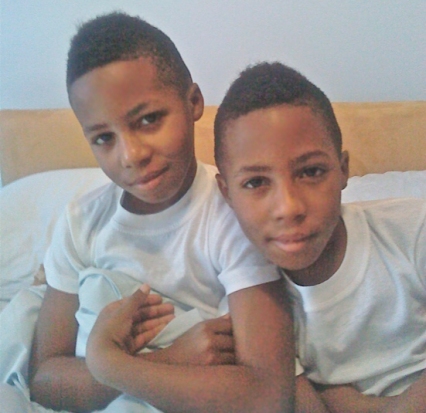


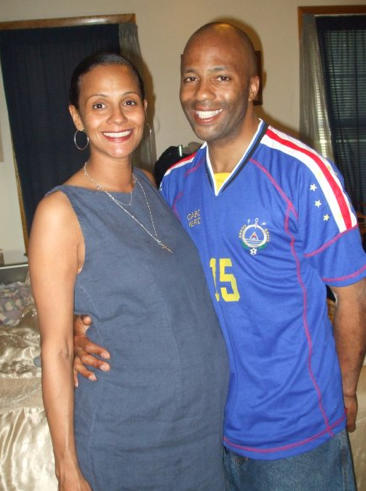
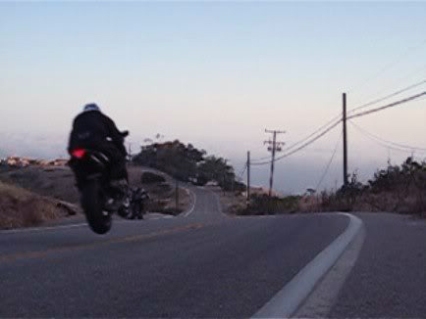


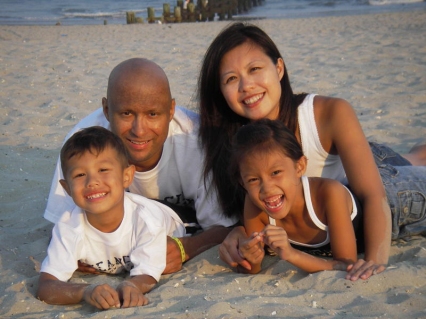
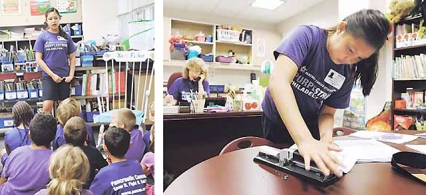



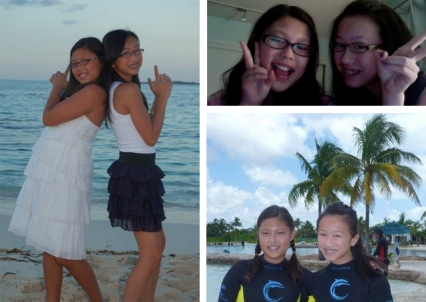


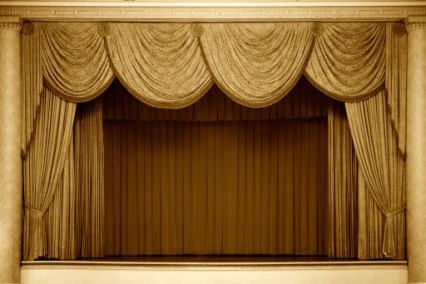

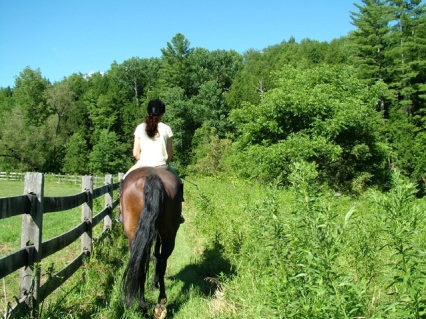
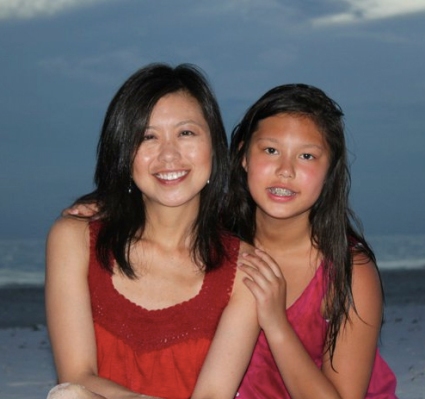
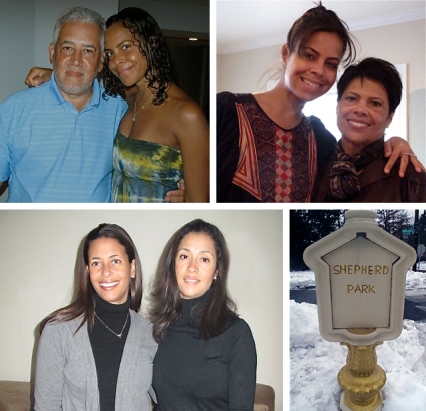



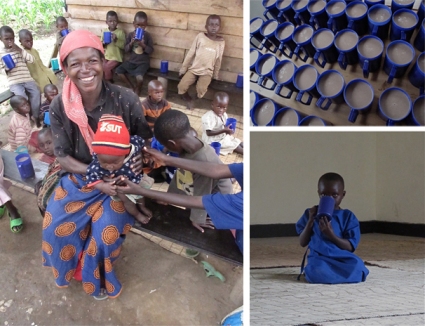
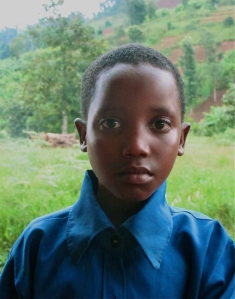
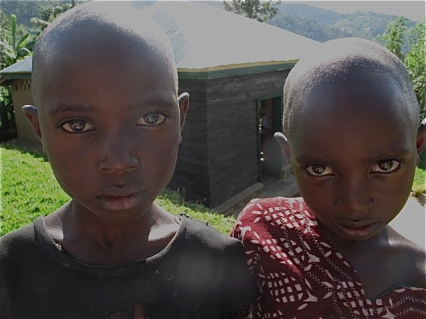
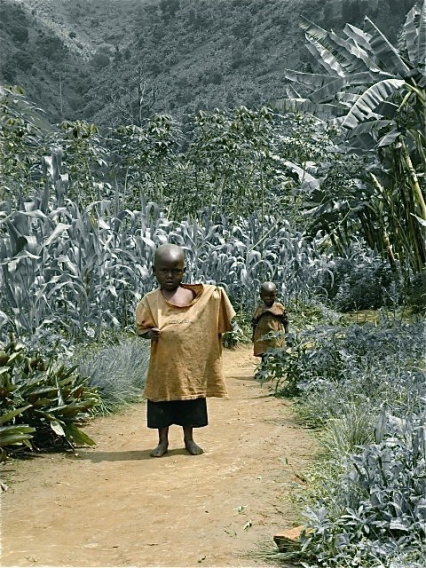
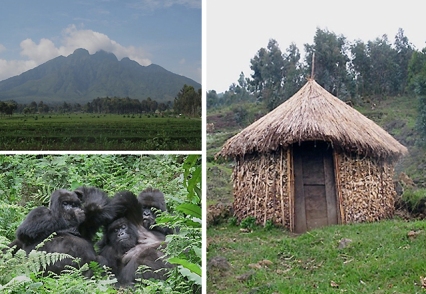
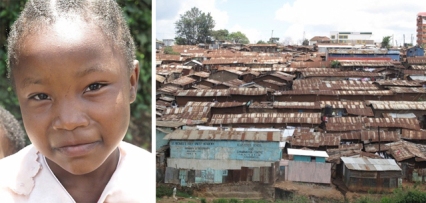
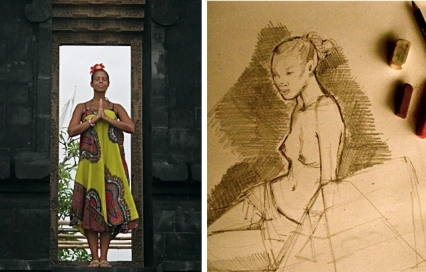
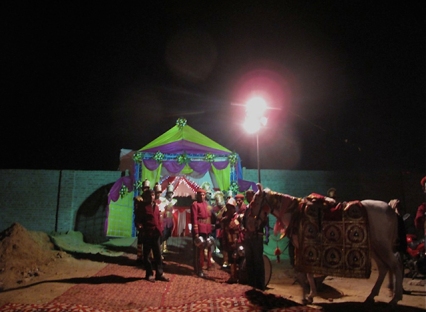
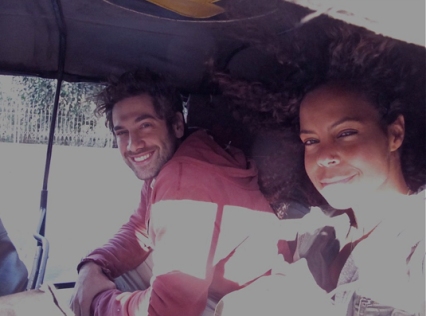
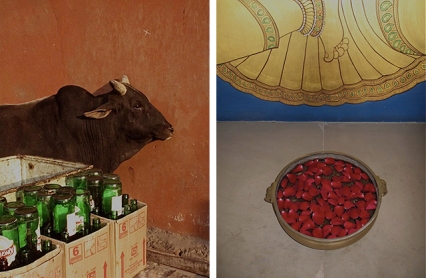

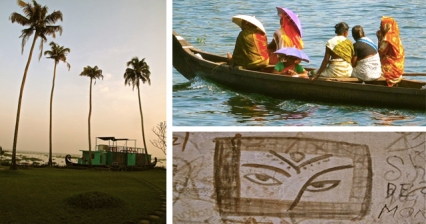
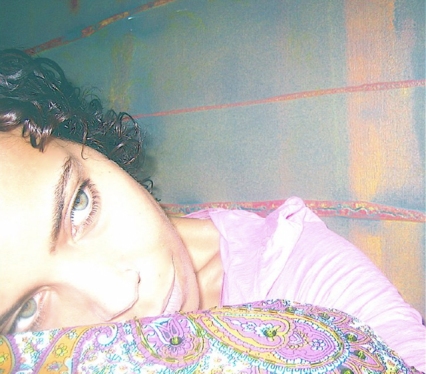


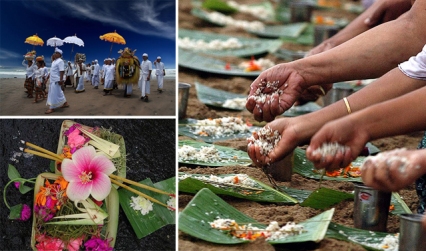

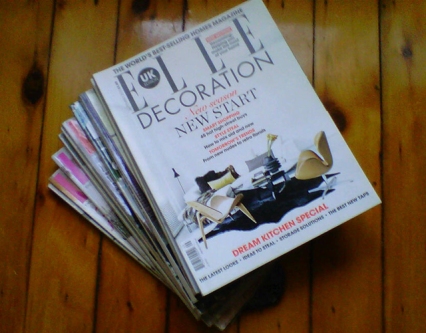
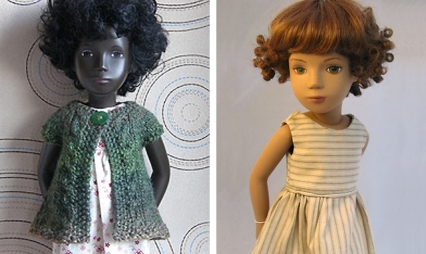
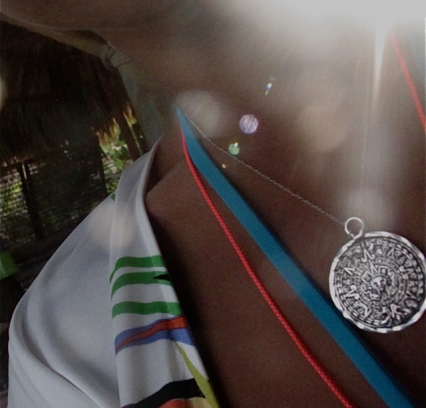
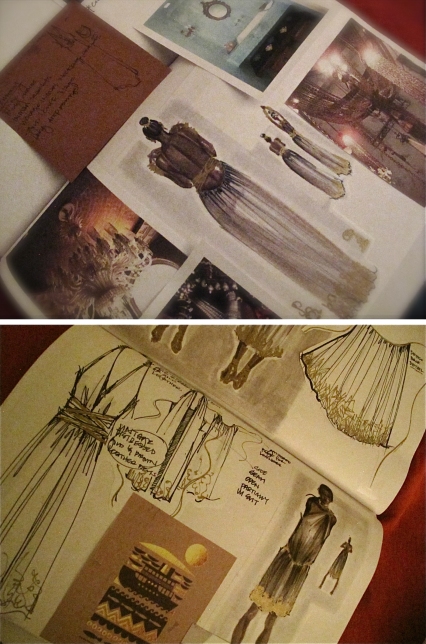
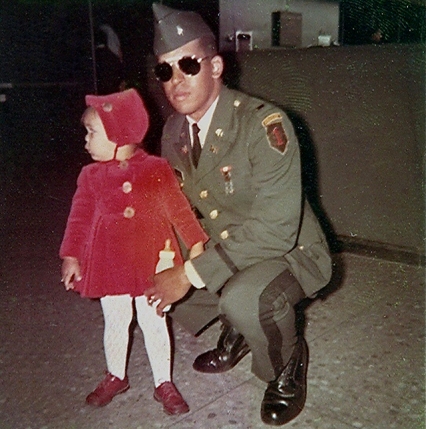
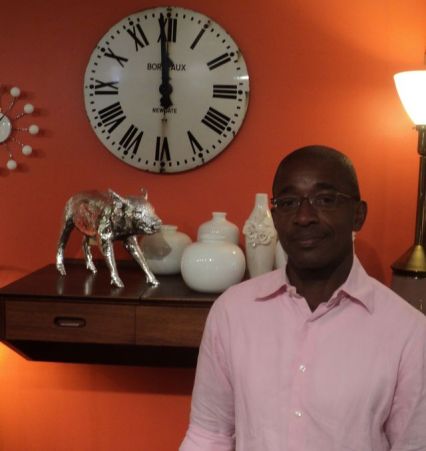
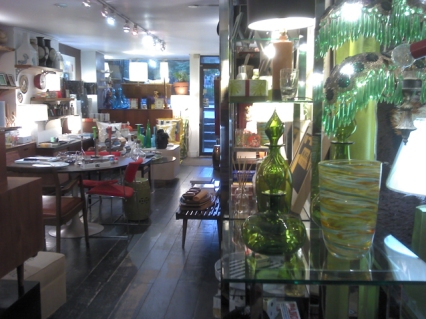
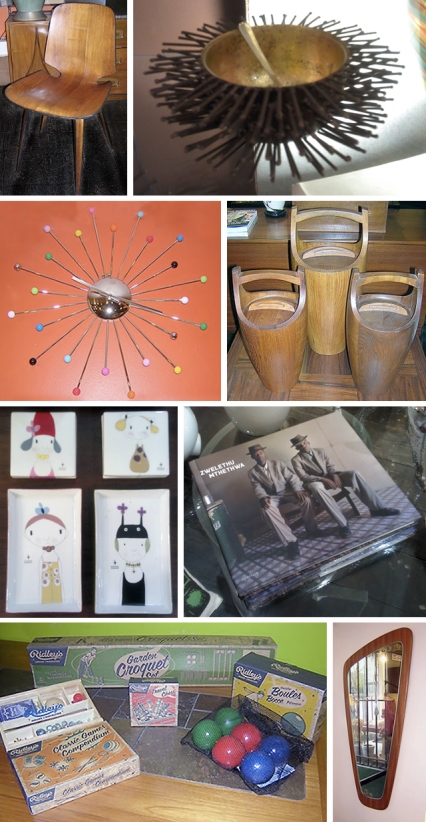
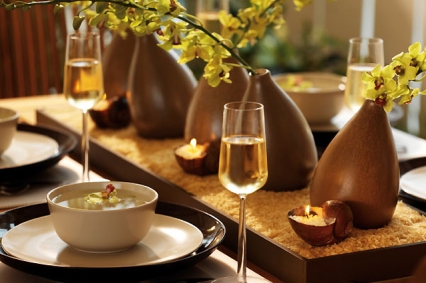





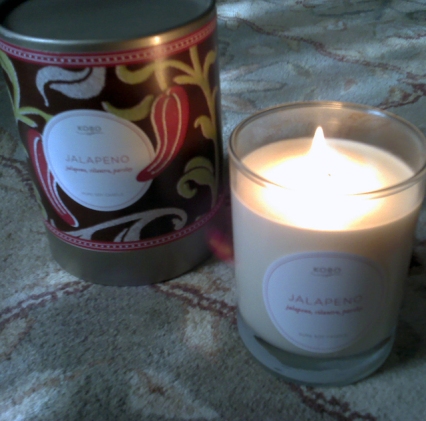
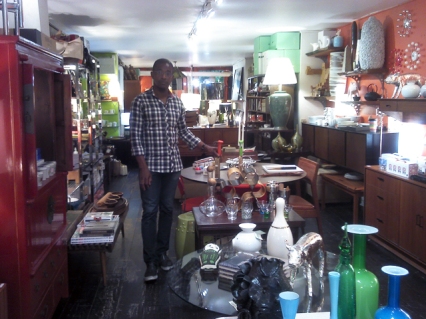
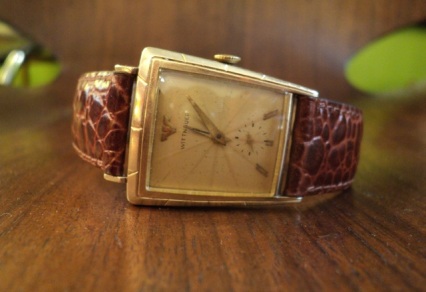
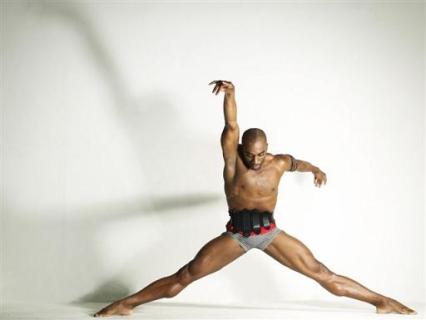
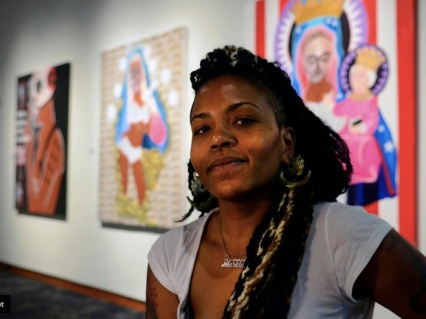
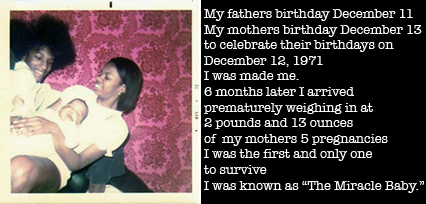
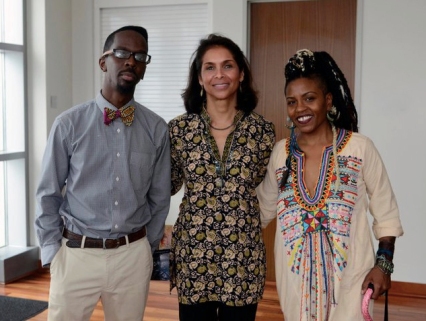
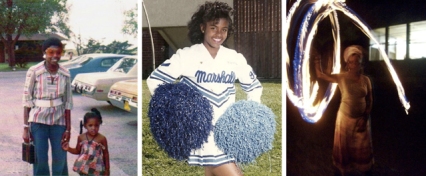
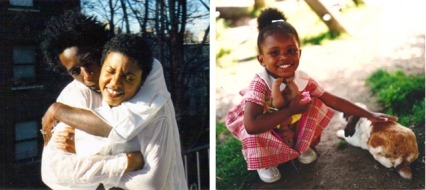
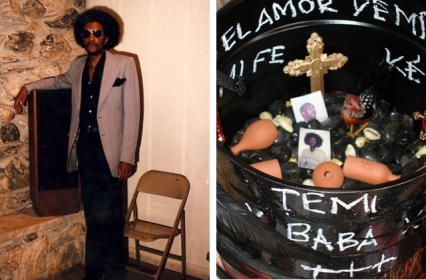
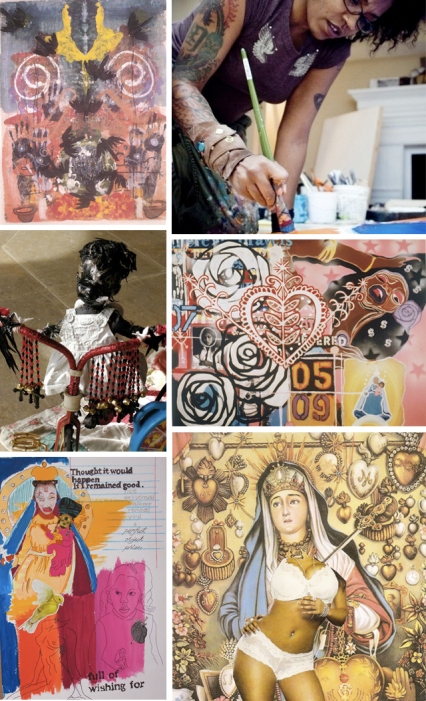
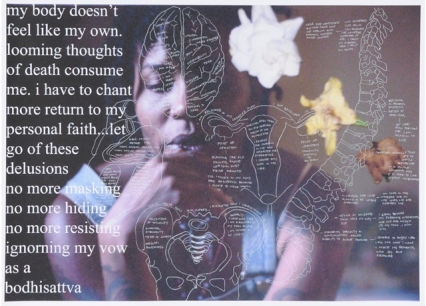
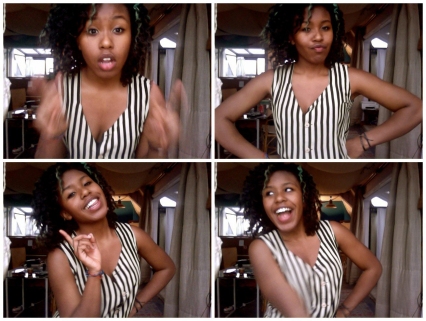
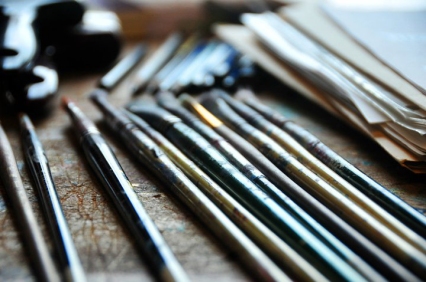
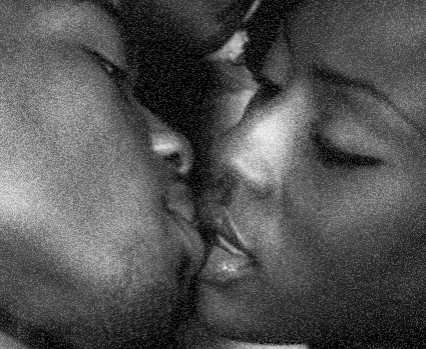
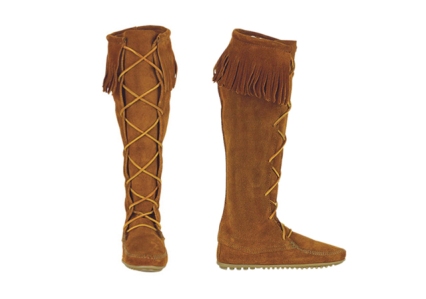

 Universal Sacred Geometry.
Universal Sacred Geometry.
